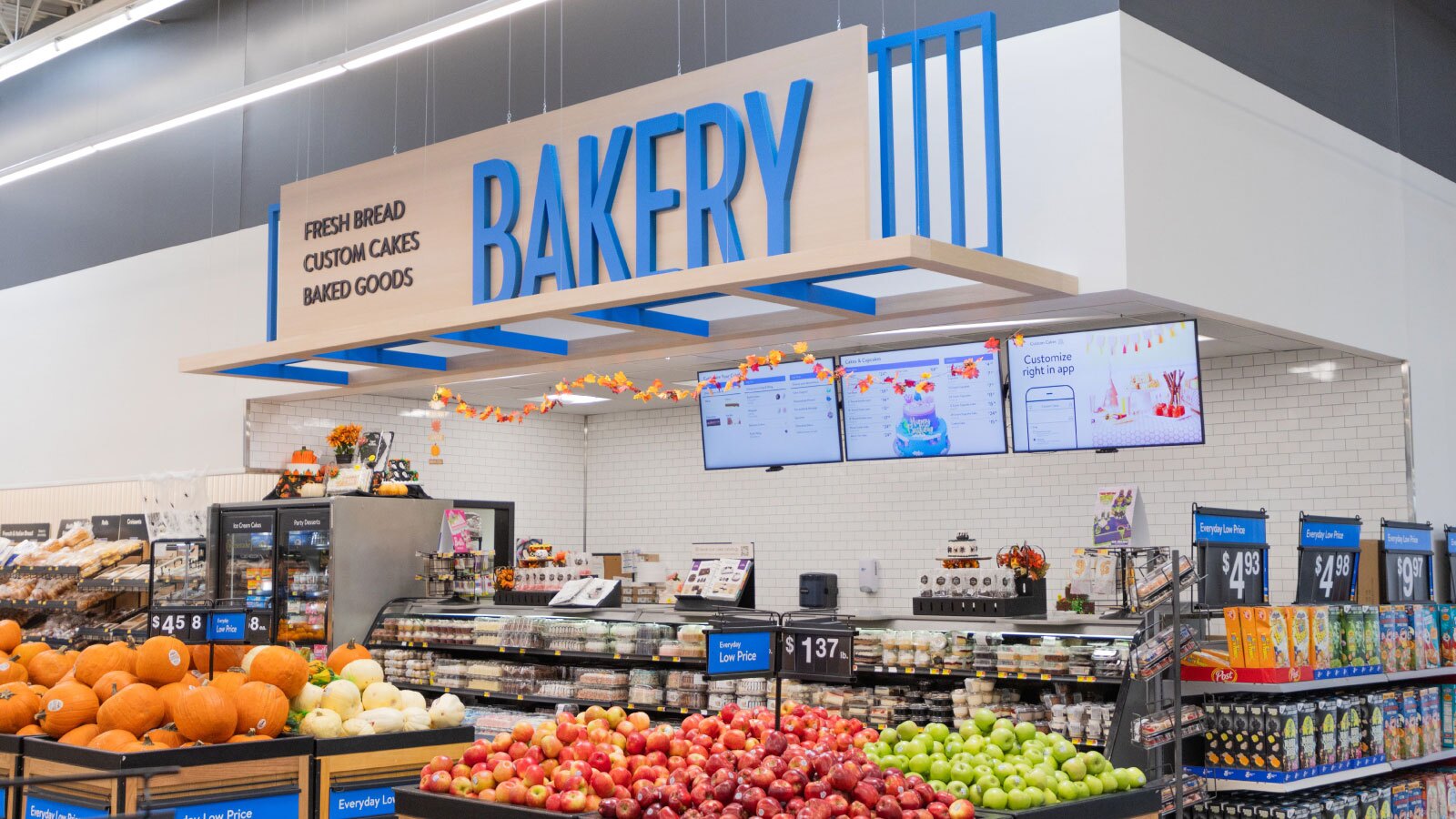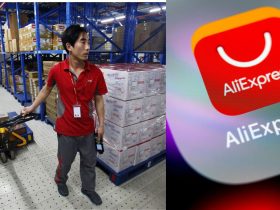Walmart already has a significant presence across the U.S., but the retail giant is planning further expansion.
The company announced on Wednesday that it intends to either build or convert over 150 large-format stores in the next five years.
Some of these stores will be upgraded from smaller locations to Supercenters, which offer a comprehensive range of groceries and other merchandise, while most will be entirely new locations, according to Josh Havens, a company spokesperson.
Walmart did not disclose the cost or specific locations for the new stores. The retailer currently operates more than 4,600 stores nationwide, along with nearly 600 Sam’s Club warehouses. Sam’s Club is also expanding, with plans to open over 30 new locations in the U.S.
As the largest private employer in the U.S. with approximately 1.6 million employees, Walmart serves about 90% of the population within 10 miles of a store.
This expansion indicates Walmart’s commitment to its physical stores as a crucial element of its future strategy, even amidst increasing competition from online retailers such as Amazon and Shein, and its own efforts to boost online sales and its third-party marketplace.

Walmart’s expansion comes as it capitalizes on its relative strength compared to other retailers, which have faced more challenges due to a decrease in consumer spending on non-essential goods.
As the leading grocer by revenue and a well-known discounter, Walmart has managed to go through inflation effectively and attract more affluent customers.
The company’s stock reached an all-time high last year, and on Tuesday, Walmart announced a 3-for-1 stock split.
In a post on the company’s website on Wednesday, Walmart U.S. CEO John Furner stated that the retailer will initiate 12 new store projects this year and convert one smaller location into a Walmart Supercenter. This expansion plan includes renovating additional stores, he noted.
Furner mentioned that the new stores will feature Walmart’s updated, modern design. This “store of the future” concept includes a streamlined layout that highlights the retailer’s fashion-forward apparel lines, incorporates technology such as scannable QR codes, and boasts improved signage.
The new locations will also incorporate more sustainable features, including energy-efficient lighting.







Leave a Reply